Home>Furniture & Design>Interior Design Trends>What Were Glass Insulators Used For
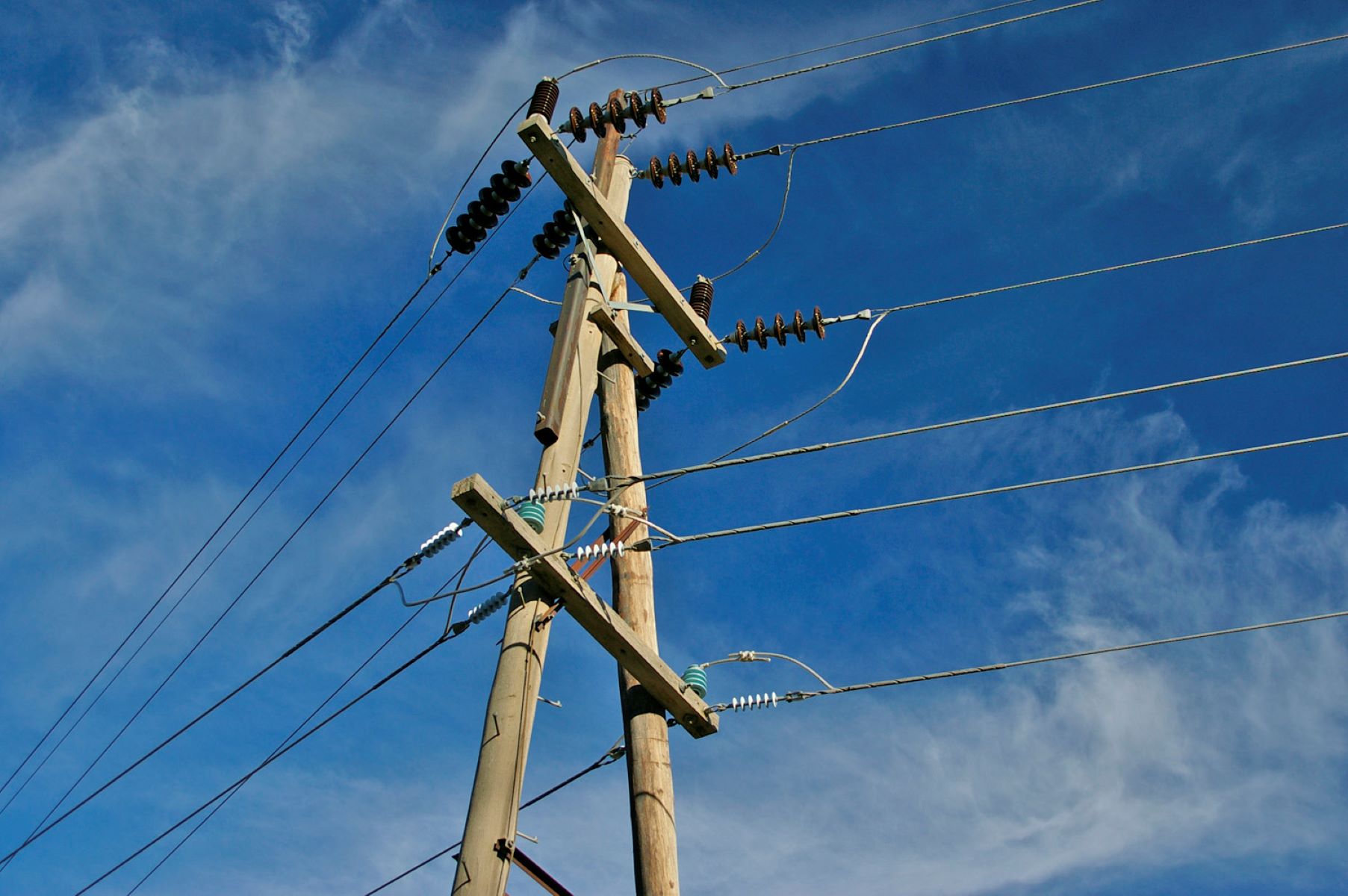

Interior Design Trends
What Were Glass Insulators Used For
Modified: February 18, 2024
Discover the history and practical uses of glass insulators and how they can inspire interior design trends. Explore the unique charm and versatility of these vintage artifacts.
(Many of the links in this article redirect to a specific reviewed product. Your purchase of these products through affiliate links helps to generate commission for Storables.com, at no extra cost. Learn more)
Introduction
Glass insulators have a rich history and continue to be a fascinating aspect of interior design. These unique pieces have evolved from their functional origins to become sought-after decorative elements in modern homes. Understanding the history, function, types, advantages, and modern uses of glass insulators provides valuable insights into their enduring appeal.
Glass insulators were originally designed to support and insulate electrical wires, preventing the flow of current to unintended paths. Over time, they have transcended their utilitarian purpose to become cherished collectibles and statement pieces in interior design. Exploring the evolution of glass insulators unveils their journey from functional necessity to aesthetic enhancement.
The function of glass insulators, their diverse types, and the advantages they offer in both historical and contemporary contexts contribute to their enduring popularity. By delving into these aspects, we gain a deeper appreciation for the versatility and visual impact of glass insulators in interior design.
Understanding the historical significance of glass insulators, their functional roles, and the evolution of their use in modern design settings sets the stage for a comprehensive exploration of these intriguing objects. As we delve into the history, function, types, advantages, and modern uses of glass insulators, we embark on a captivating journey through time and design, uncovering the enduring allure of these remarkable artifacts.
Key Takeaways:
- Glass insulators, once used for electrical wires, are now prized as decorative elements. Their history, function, and diverse types showcase their enduring appeal in interior design and historical preservation.
- Glass insulators offer electrical insulation and historical charm, but also have fragility and weight considerations. Their modern uses include lighting fixtures, artistic installations, architectural elements, and bespoke furniture, blending nostalgia with contemporary design.
Read more: When Were Glass Windows First Used
History of Glass Insulators
The history of glass insulators dates back to the mid-19th century, coinciding with the rapid expansion of telecommunication and electrical infrastructure. As the demand for reliable telegraph and telephone systems grew, so did the need for effective insulation of the wires that carried electrical signals. This necessity led to the development of glass insulators, which played a crucial role in shaping the modern communication and power distribution networks.
The earliest glass insulators were handcrafted using a process that involved molding and pressing molten glass into intricate shapes. These early designs were functional, serving the primary purpose of supporting and insulating the wires while preventing electrical current from leaking into the surrounding structures. As the technology and manufacturing processes advanced, glass insulators evolved to meet the increasing demands of the expanding electrical grid.
During the late 19th and early 20th centuries, glass insulators became ubiquitous features of telegraph and telephone poles, dotting the landscape with their distinctive shapes and colors. Manufacturers experimented with various glass compositions and designs, resulting in a diverse array of insulators that reflected the artistic and technical innovations of the era. The evolution of glass insulators mirrored the rapid advancements in communication and electrical engineering, marking a pivotal period in the history of industrial design.
The widespread adoption of glass insulators continued until the mid-20th century, when technological advancements and the shift towards more efficient materials led to their gradual decline in utility. However, their historical significance and unique aesthetic qualities have ensured their enduring legacy as collectible artifacts and decorative elements in interior design.
Today, the legacy of glass insulators lives on through their presence in antique shops, collector's markets, and repurposed design projects. Their historical significance and nostalgic charm continue to captivate enthusiasts and designers, preserving the legacy of these remarkable objects that once played a vital role in shaping the infrastructure of modern communication and power systems.
The history of glass insulators is a testament to the intersection of technology, design, and functionality, showcasing the enduring appeal of these humble yet remarkable objects across generations.
Function of Glass Insulators
Glass insulators serve a crucial function in electrical and telecommunication systems, providing essential support and insulation for wires and cables. Their primary role is to prevent the flow of electrical current along unintended paths, ensuring the safe and efficient transmission of signals and power. By understanding the function of glass insulators, we gain insight into their pivotal role in maintaining the integrity and reliability of electrical infrastructure.
One of the key functions of glass insulators is to support overhead wires and cables, particularly in outdoor environments. By securing the wires to poles or structures, glass insulators help maintain the necessary distance between the conductive elements and the supporting framework. This prevents electrical arcing and minimizes the risk of short circuits, ensuring the safe and uninterrupted flow of electricity.
In addition to providing mechanical support, glass insulators are designed to insulate the wires from the supporting structures. This insulation is essential for preventing the loss of electrical energy through unintended leakage paths. By creating a barrier between the conductors and the surrounding environment, glass insulators effectively contain the electrical current within the designated transmission pathways, optimizing the efficiency of the system.
Furthermore, glass insulators play a critical role in withstanding environmental factors such as moisture, temperature fluctuations, and mechanical stress. Their insulating properties ensure that the electrical integrity of the transmission lines remains uncompromised, even in challenging outdoor conditions. This resilience is essential for maintaining the reliability and longevity of the electrical infrastructure, particularly in areas prone to inclement weather and environmental hazards.
Moreover, glass insulators contribute to the overall safety of electrical and telecommunication systems by minimizing the risk of electrical accidents and equipment damage. Their ability to isolate and protect the conductive elements from external influences enhances the operational stability of the infrastructure, reducing the likelihood of service disruptions and potential hazards to personnel and the public.
In summary, the function of glass insulators encompasses mechanical support, electrical insulation, environmental resilience, and safety enhancement within electrical and telecommunication systems. Their indispensable role in maintaining the integrity and efficiency of transmission lines underscores their significance in the realm of infrastructure and design.
Types of Glass Insulators
Glass insulators come in a diverse range of types, each characterized by unique designs, functionalities, and historical significance. Understanding the various types of glass insulators provides valuable insights into their evolution and the distinct roles they played in electrical and telecommunication systems.
-
Threaded Insulators: These insulators feature a threaded pinhole that allows them to be securely fastened to supporting structures such as poles and crossarms. The threaded design provides stability and resistance to mechanical stress, making them suitable for use in overhead transmission lines.
-
Petticoat Insulators: Known for their distinctive flared or skirt-like shape, petticoat insulators were designed to enhance electrical performance by reducing the risk of electrical discharge and flashover. Their unique profile and insulating properties made them well-suited for high-voltage applications, contributing to the reliability of transmission systems.
-
CD 102 Insulators: This type of insulator, characterized by its compact size and cylindrical shape, was widely used in telegraph and telephone applications during the late 19th and early 20th centuries. The CD 102 insulator played a pivotal role in facilitating long-distance communication, reflecting the technological advancements of the era.
-
Hemingray Insulators: Hemingray Glass Company, a prominent manufacturer of insulators, produced a variety of distinctive designs, including the popular Hemingray-42 and Hemingray-45 insulators. These iconic pieces are prized by collectors for their unique embossing and historical significance, representing a significant chapter in the evolution of glass insulator production.
-
Signal Insulators: Signal insulators, often smaller in size and more intricately designed, were utilized in railroad signaling and communication systems. Their compact form factor and specialized functionality made them essential components of railway infrastructure, contributing to the safe and efficient operation of rail networks.
-
Specialty Insulators: Over the years, manufacturers produced specialty insulators tailored to specific applications, such as underwater telegraph cables, high-voltage power transmission, and industrial electrical systems. These specialized insulators showcased the adaptability of glass as an insulating material and its capacity to meet diverse engineering requirements.
The diverse array of glass insulator types reflects the evolution of electrical and telecommunication technologies, as well as the ingenuity of designers and manufacturers in addressing the unique challenges of each era. Each type carries its own historical significance and contributes to the rich tapestry of glass insulator heritage, underscoring their enduring appeal in the realm of industrial design and collectible artifacts.
Advantages and Disadvantages of Glass Insulators
Glass insulators offer a range of advantages that have contributed to their enduring legacy in electrical and telecommunication systems. At the same time, they also present certain limitations that warrant consideration in modern applications.
Read more: What Were Steamer Trunks Used For
Advantages
-
Electrical Insulation: Glass insulators excel in providing reliable electrical insulation, effectively containing the flow of current within transmission lines. Their insulating properties contribute to the efficient and safe transmission of electrical signals and power, minimizing the risk of energy loss and electrical hazards.
-
Mechanical Resilience: Glass insulators exhibit remarkable mechanical strength and resilience, capable of withstanding the stresses imposed by outdoor environments, temperature variations, and mechanical loads. Their robust construction ensures long-term stability and performance, making them suitable for enduring harsh operating conditions.
-
Corrosion Resistance: Glass insulators are inherently resistant to corrosion, offering superior longevity and reliability in comparison to metal or composite alternatives. This resistance to environmental degradation enhances the durability of glass insulators, reducing maintenance requirements and lifecycle costs.
-
Historical Significance: The historical significance and aesthetic appeal of glass insulators contribute to their value as collectible artifacts and decorative elements. Their diverse designs and colors reflect the artistic and technical innovations of past eras, adding a nostalgic charm to interior design and historical preservation efforts.
Disadvantages
-
Fragility: Glass insulators, despite their mechanical resilience, are inherently fragile and susceptible to breakage upon impact. This fragility necessitates careful handling during installation, maintenance, and transportation, posing challenges in environments prone to vandalism or accidental damage.
-
Weight: Glass insulators are relatively heavier than modern composite alternatives, which can impact installation and transportation logistics. The weight of glass insulators requires careful consideration in overhead line construction and maintenance activities, particularly in remote or challenging terrain.
-
Thermal Conductivity: Glass, as a material, exhibits higher thermal conductivity compared to certain modern insulator materials. While this characteristic does not significantly impact the performance of glass insulators in typical operating conditions, it may influence their suitability for specialized high-temperature applications.
-
Limited Design Flexibility: The production of glass insulators is constrained by the limitations of glass molding and shaping processes, which may restrict the design flexibility compared to modern composite insulators. This limitation can impact the customization of insulator shapes and profiles for specific engineering requirements.
In summary, the advantages of glass insulators encompass their electrical insulation, mechanical resilience, corrosion resistance, and historical significance, while their disadvantages include fragility, weight, thermal conductivity, and limited design flexibility. By weighing these factors, designers and engineers can make informed decisions regarding the suitability of glass insulators for diverse applications, balancing their unique strengths with potential limitations.
Glass insulators were used to support and insulate electrical wires on utility poles. They helped prevent the electricity from leaking out and also protected the wires from damage.
Modern Uses of Glass Insulators
In contemporary design and architectural contexts, glass insulators have transcended their original functional roles to become captivating elements of visual interest and historical significance. Their unique aesthetic appeal and versatile applications have sparked a resurgence of interest, leading to innovative uses that blend nostalgia with modern design sensibilities.
One modern use of glass insulators is their incorporation into lighting fixtures and decorative accents. Designers and artisans have repurposed vintage insulators as pendant lights, chandeliers, and table lamps, infusing spaces with a nostalgic ambiance and a touch of industrial chic. The distinctive shapes and colors of glass insulators add character and charm to interior settings, creating focal points that celebrate the legacy of electrical and telecommunication history.
Furthermore, glass insulators have found new life as artistic installations and sculptural elements in contemporary design projects. Their sculptural forms and varied textures make them compelling materials for creating visually striking compositions that pay homage to the industrial heritage of these objects. Whether used as standalone art pieces or integrated into larger installations, glass insulators evoke a sense of timelessness and craftsmanship that resonates with modern audiences.
In architectural applications, glass insulators have been employed as innovative building materials, contributing to sustainable design initiatives and historical preservation efforts. By incorporating salvaged insulators into facades, partitions, and interior surfaces, architects and designers infuse spaces with a sense of heritage and environmental consciousness. The juxtaposition of old and new, traditional and contemporary, adds depth and narrative to architectural compositions, fostering a deeper appreciation for the cultural significance of glass insulators.
Moreover, the resurgence of interest in glass insulators has led to their use in bespoke furniture and functional design elements. From custom shelving units adorned with insulator accents to unique tabletops featuring embedded insulator clusters, these repurposed artifacts bring a sense of authenticity and craftsmanship to modern interiors. Their integration into furniture design showcases the adaptability and enduring appeal of glass insulators in shaping functional and visually captivating pieces.
In essence, the modern uses of glass insulators exemplify their evolution from utilitarian components to cherished design elements that bridge the past and present. By embracing their historical legacy and repurposing them in innovative ways, designers and enthusiasts continue to celebrate the enduring allure of glass insulators in contemporary design narratives.
Conclusion
In conclusion, the journey through the history, function, types, advantages, and modern uses of glass insulators unveils a captivating narrative that spans centuries and encompasses technological innovation, industrial design, and creative adaptation. From their humble origins as essential components of telecommunication and electrical infrastructure to their current role as cherished artifacts and design accents, glass insulators have left an indelible mark on the landscape of interior design and historical preservation.
The historical significance of glass insulators is deeply intertwined with the evolution of communication and power systems, reflecting the ingenuity of engineers and the aesthetic sensibilities of bygone eras. Their functional roles in providing electrical insulation, mechanical support, and environmental resilience have contributed to the reliability and longevity of transmission lines, shaping the infrastructure that underpins modern society.
The diverse types of glass insulators, each with its unique designs and applications, showcase the adaptability and creativity of manufacturers in addressing the evolving needs of electrical and telecommunication networks. From threaded insulators to specialty designs tailored for specific industries, the array of insulator types reflects the dynamic interplay between technology, craftsmanship, and engineering ingenuity.
While glass insulators offer inherent advantages such as electrical insulation, mechanical resilience, and historical charm, they also present considerations related to fragility, weight, and design limitations. By weighing these factors, designers and engineers can make informed decisions regarding the suitability of glass insulators for contemporary applications, balancing their unique strengths with potential challenges.
In the modern era, the resurgence of interest in glass insulators has led to their integration into lighting fixtures, artistic installations, architectural elements, and bespoke furniture, breathing new life into these historical artifacts. Their presence in contemporary design narratives serves as a testament to their enduring allure and the timeless appeal of industrial heritage in shaping aesthetic experiences.
As we reflect on the enduring legacy of glass insulators, it becomes evident that their journey from functional necessity to design inspiration embodies the convergence of history, technology, and creativity. Whether adorning a vintage-inspired lighting fixture, enriching an architectural composition, or serving as a focal point in a modern interior, glass insulators continue to captivate and inspire, bridging the past and present with their timeless allure.
Frequently Asked Questions about What Were Glass Insulators Used For
Was this page helpful?
At Storables.com, we guarantee accurate and reliable information. Our content, validated by Expert Board Contributors, is crafted following stringent Editorial Policies. We're committed to providing you with well-researched, expert-backed insights for all your informational needs.
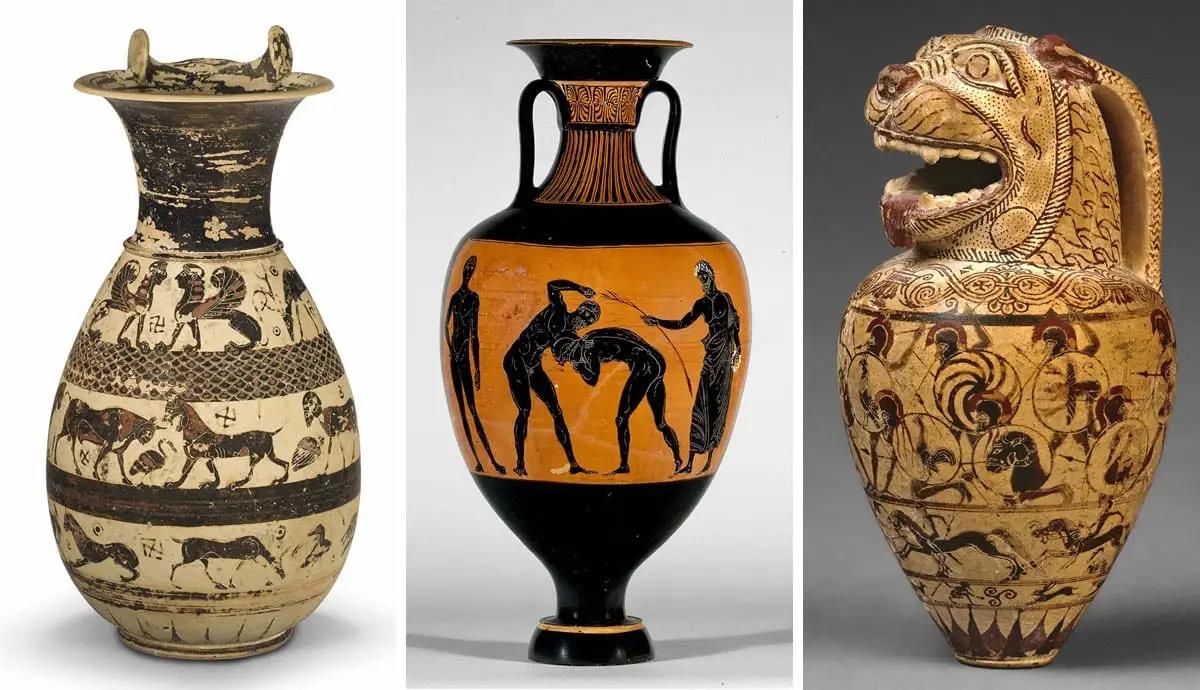
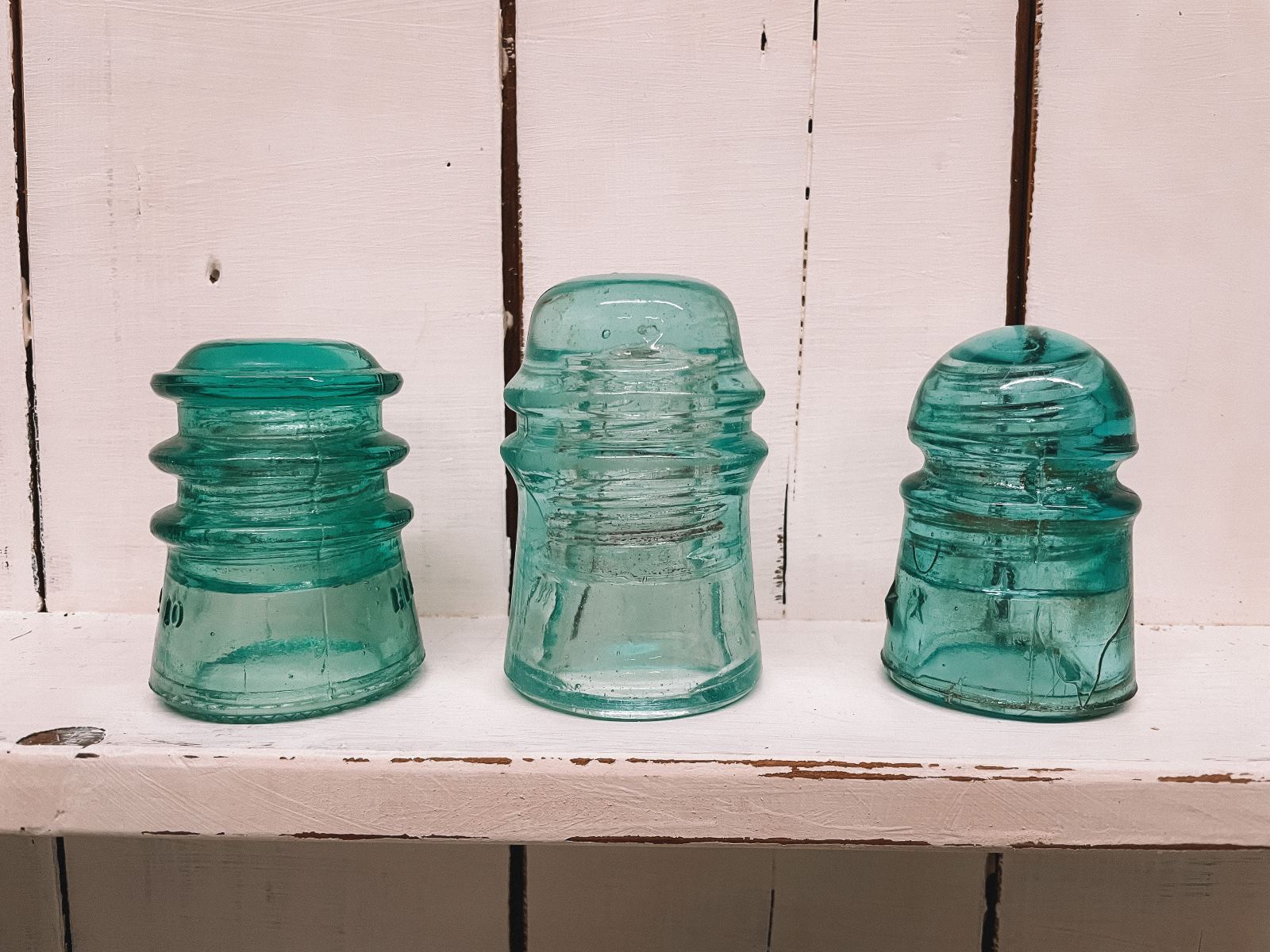
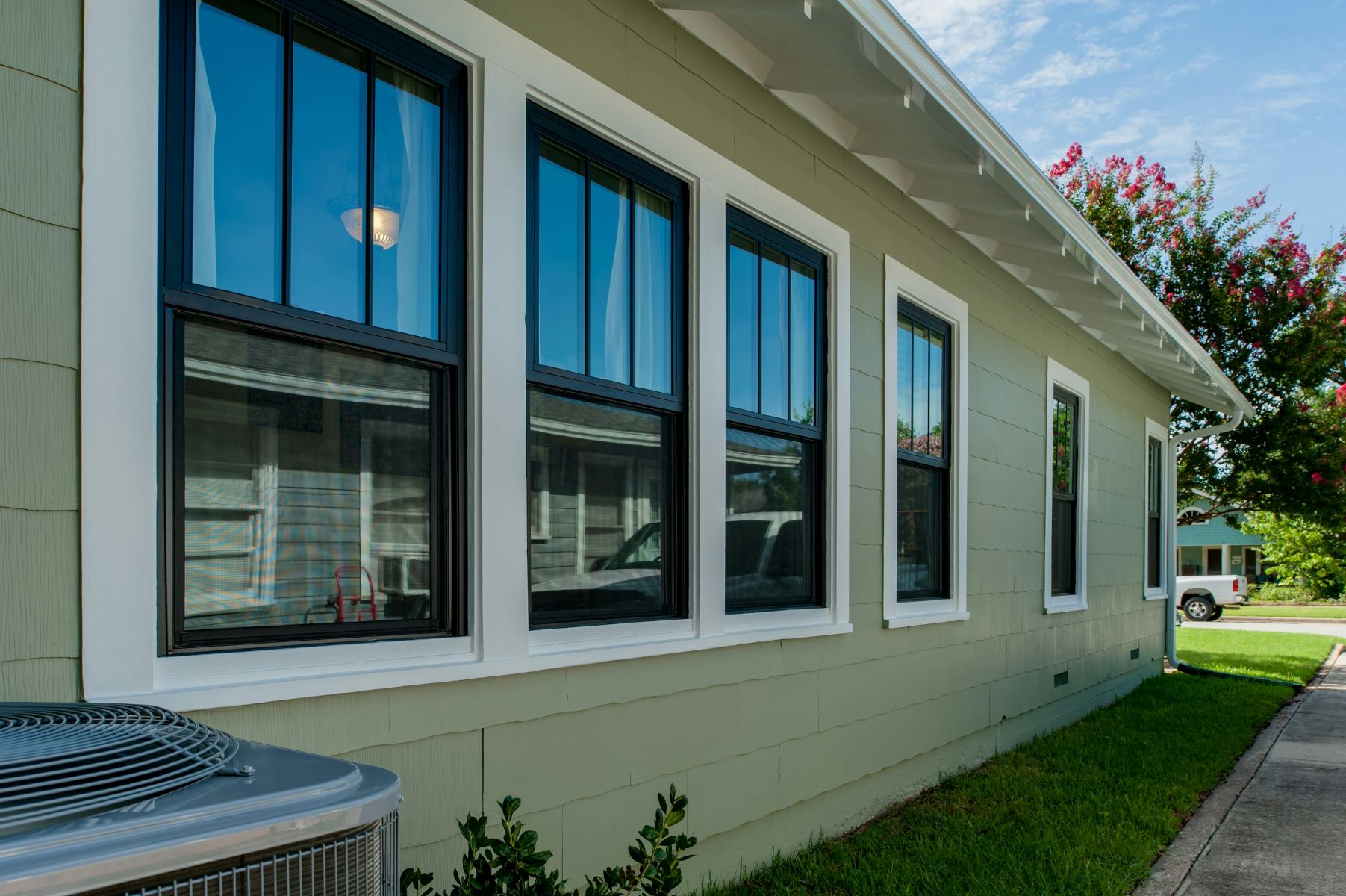
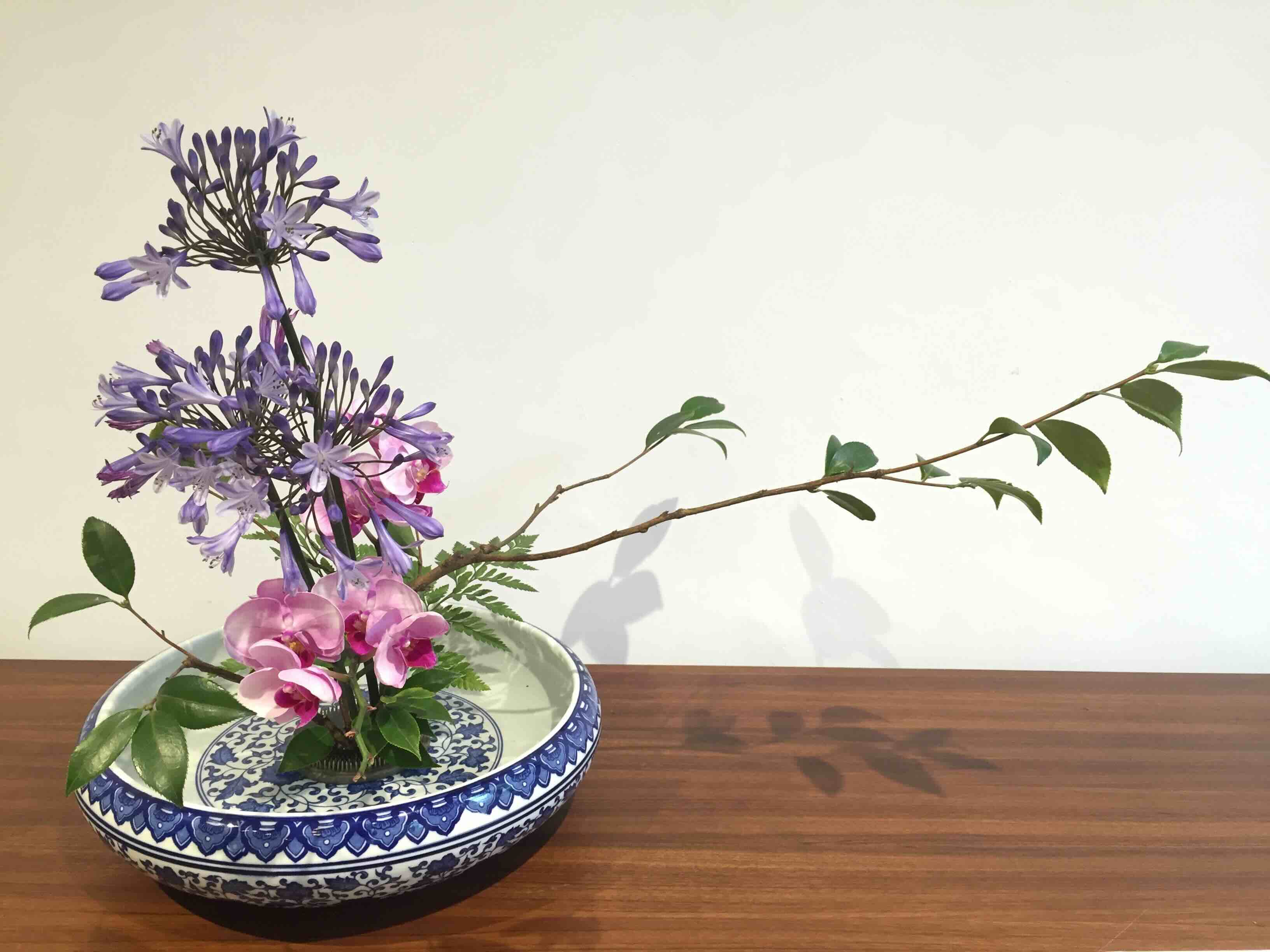
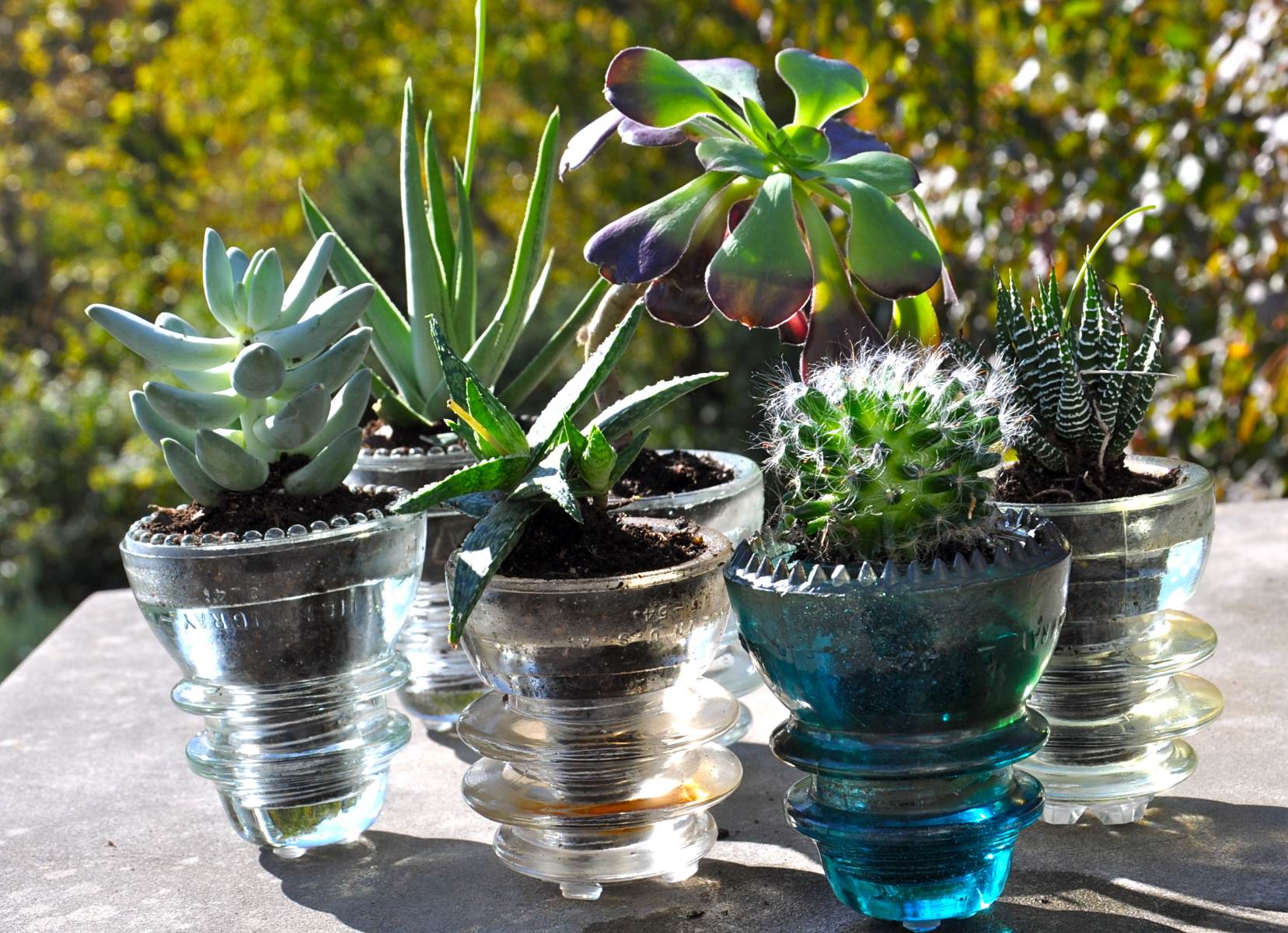
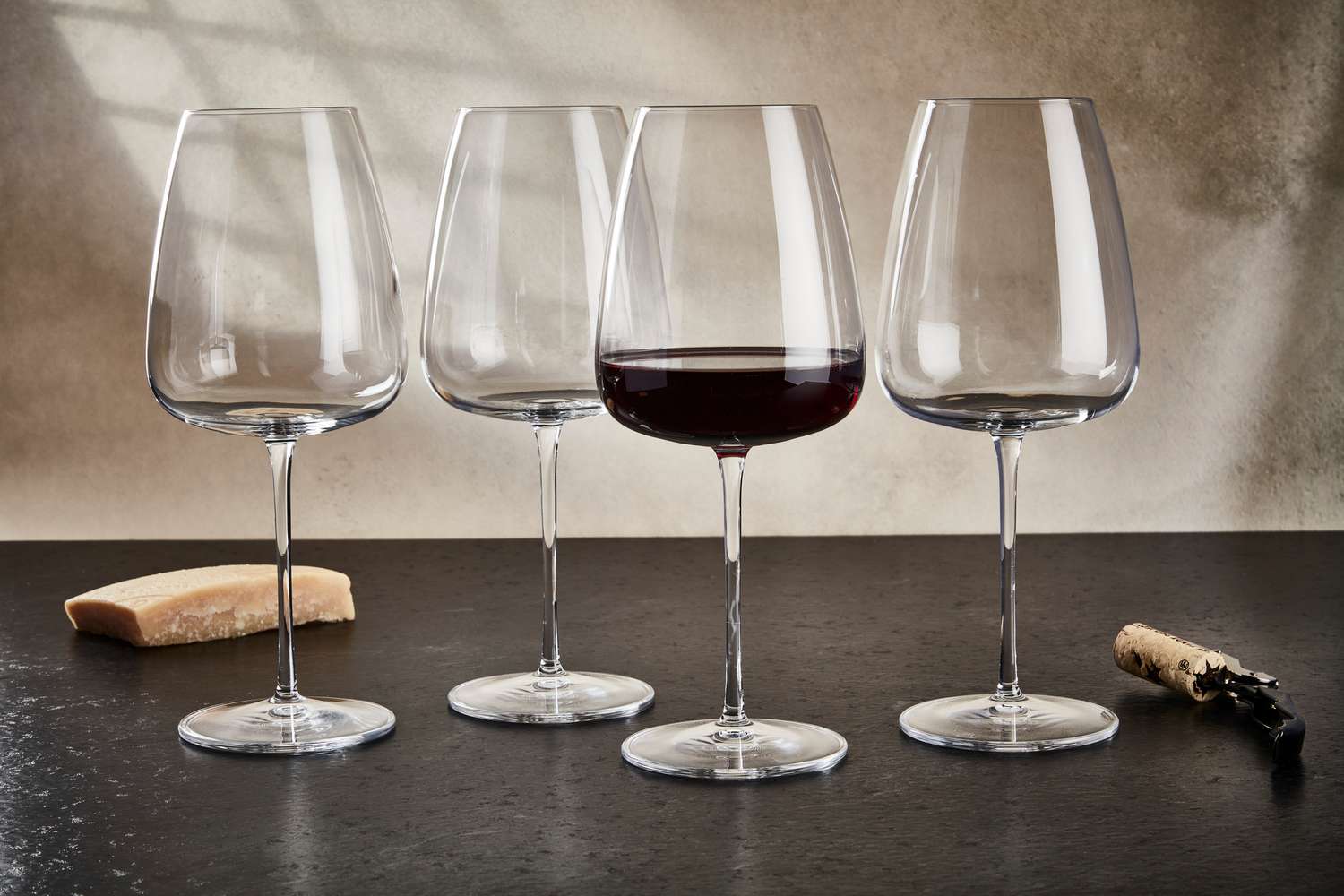
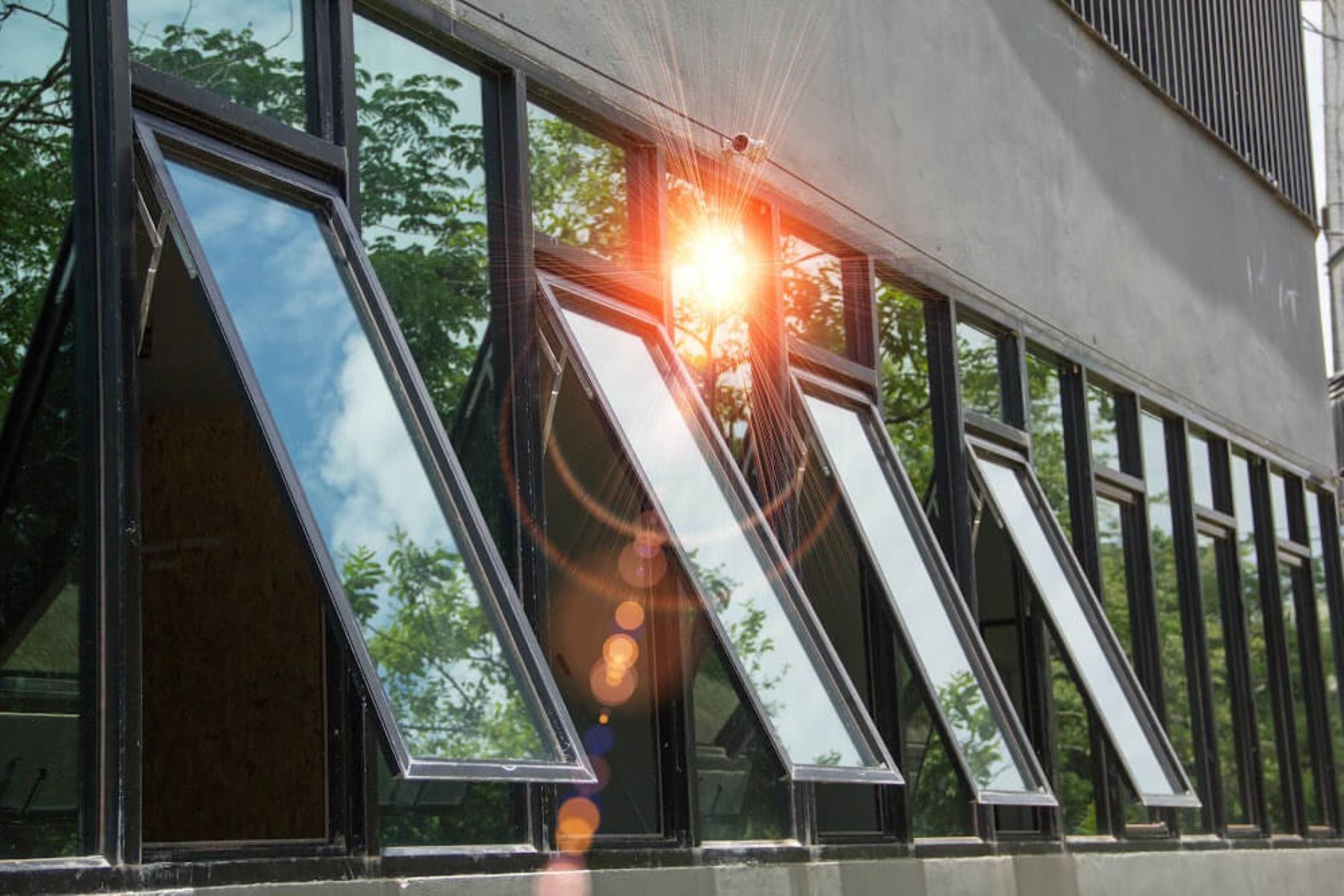
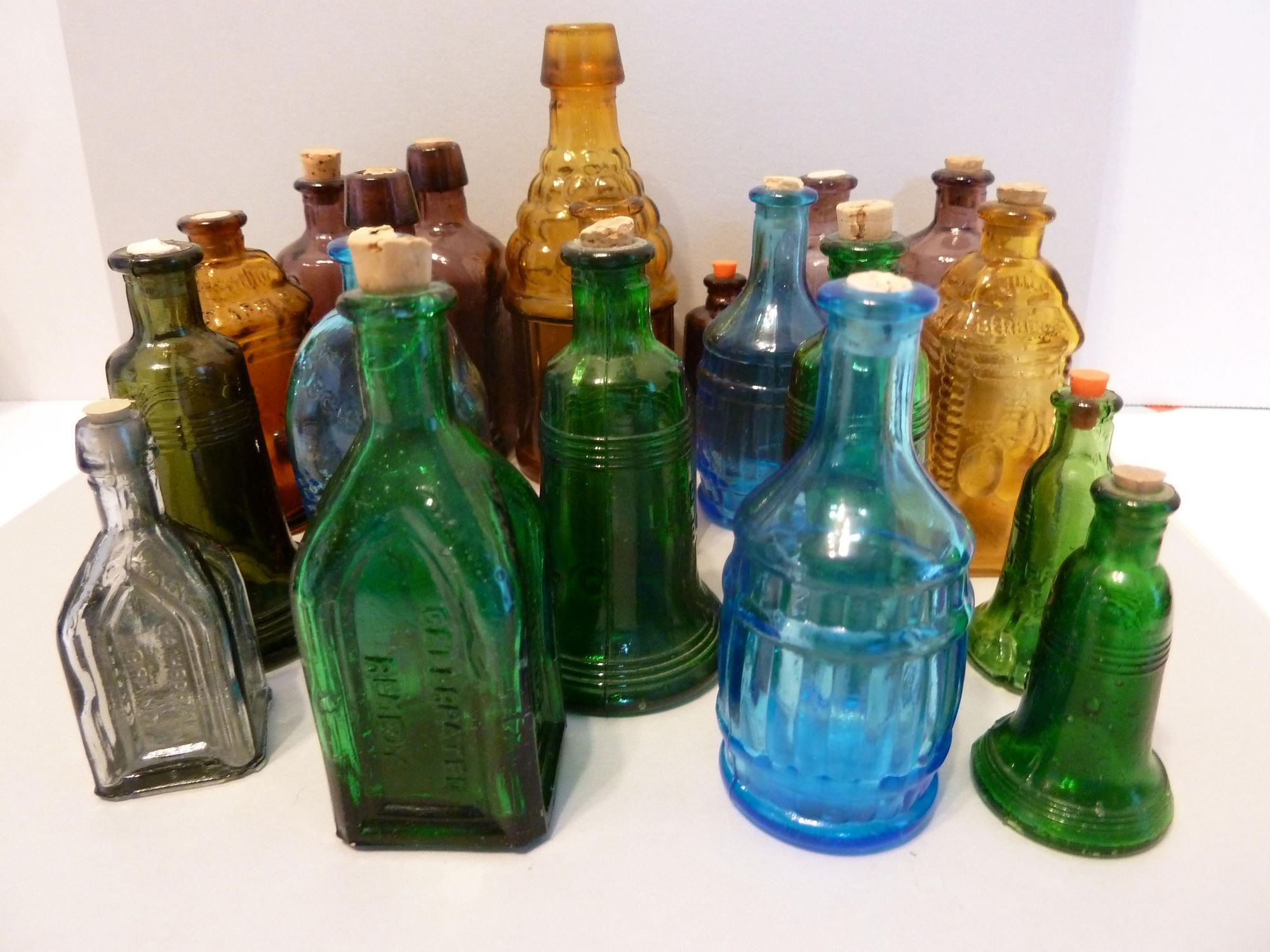
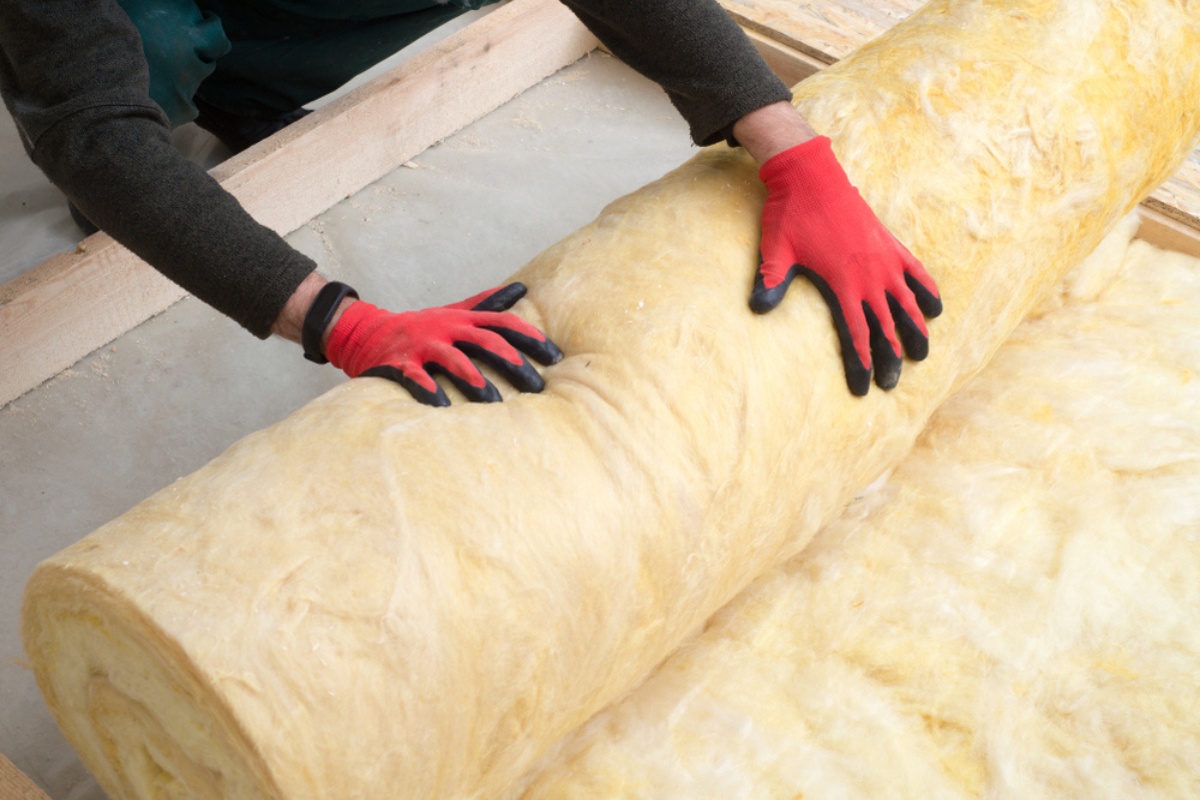
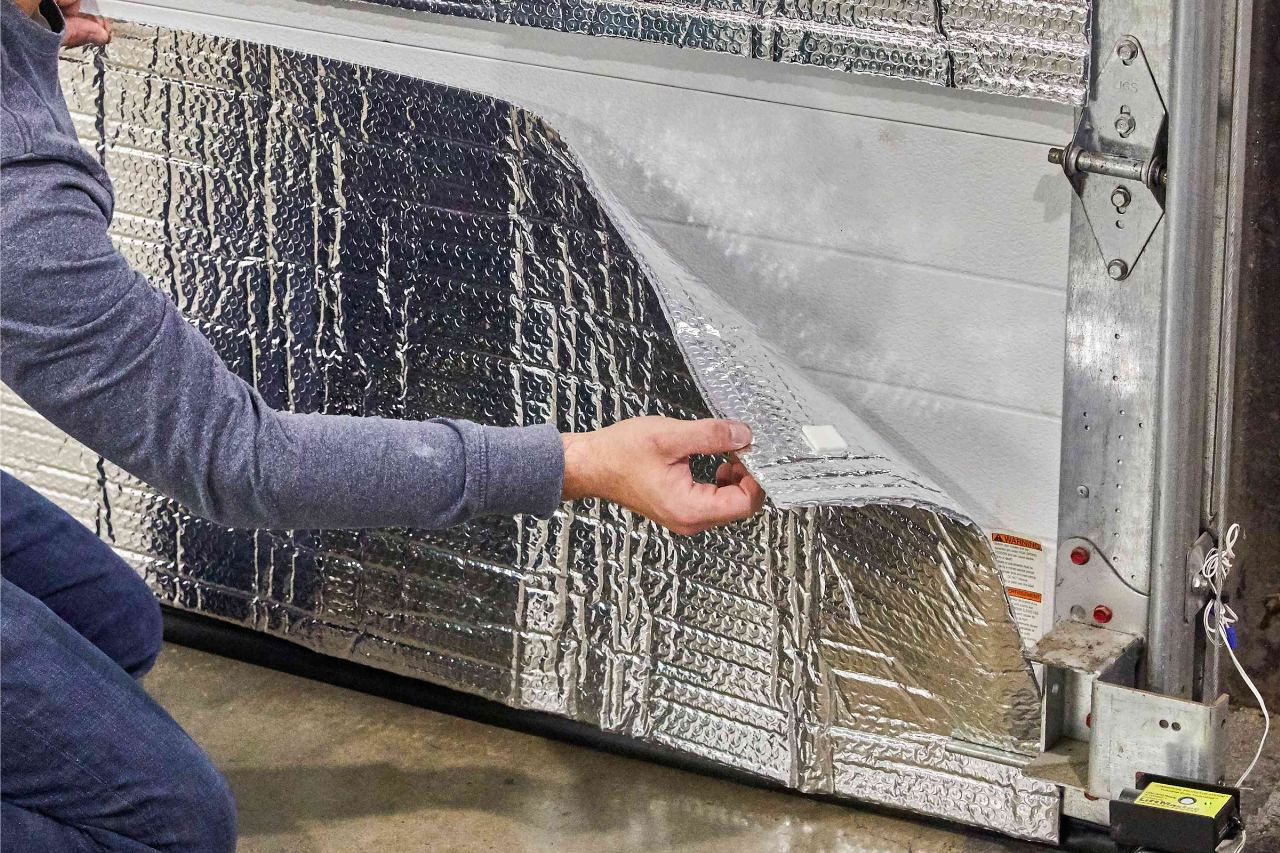
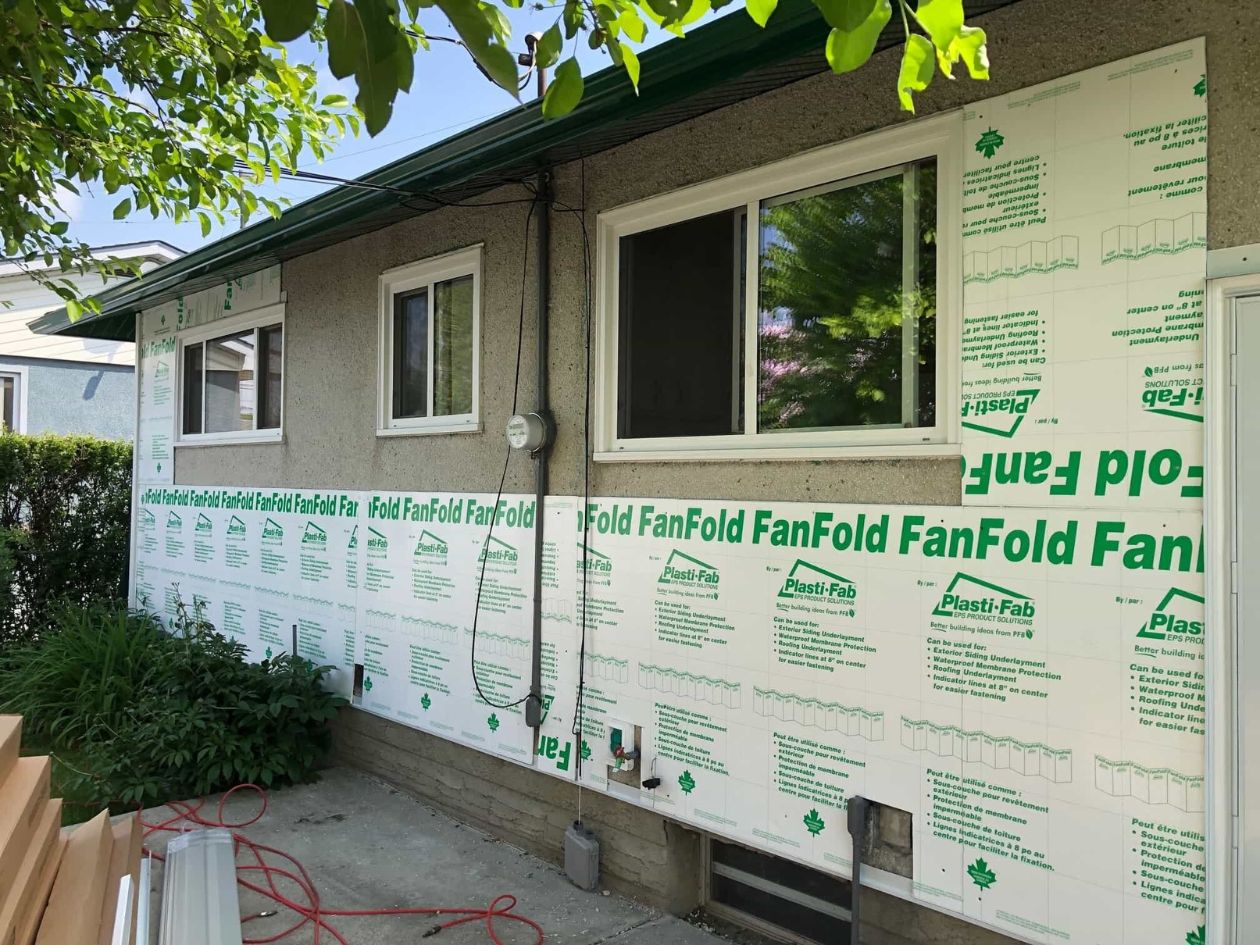

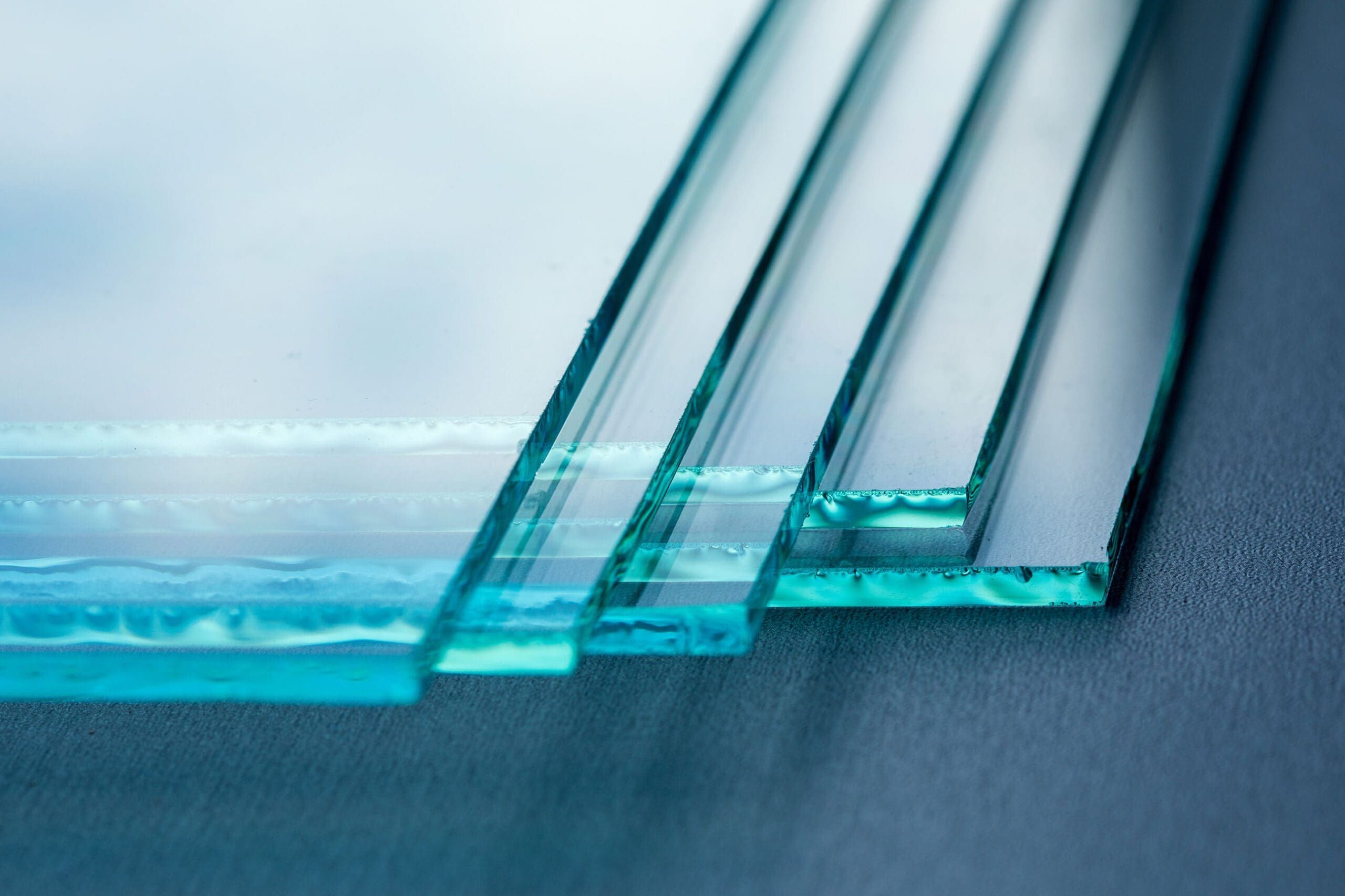
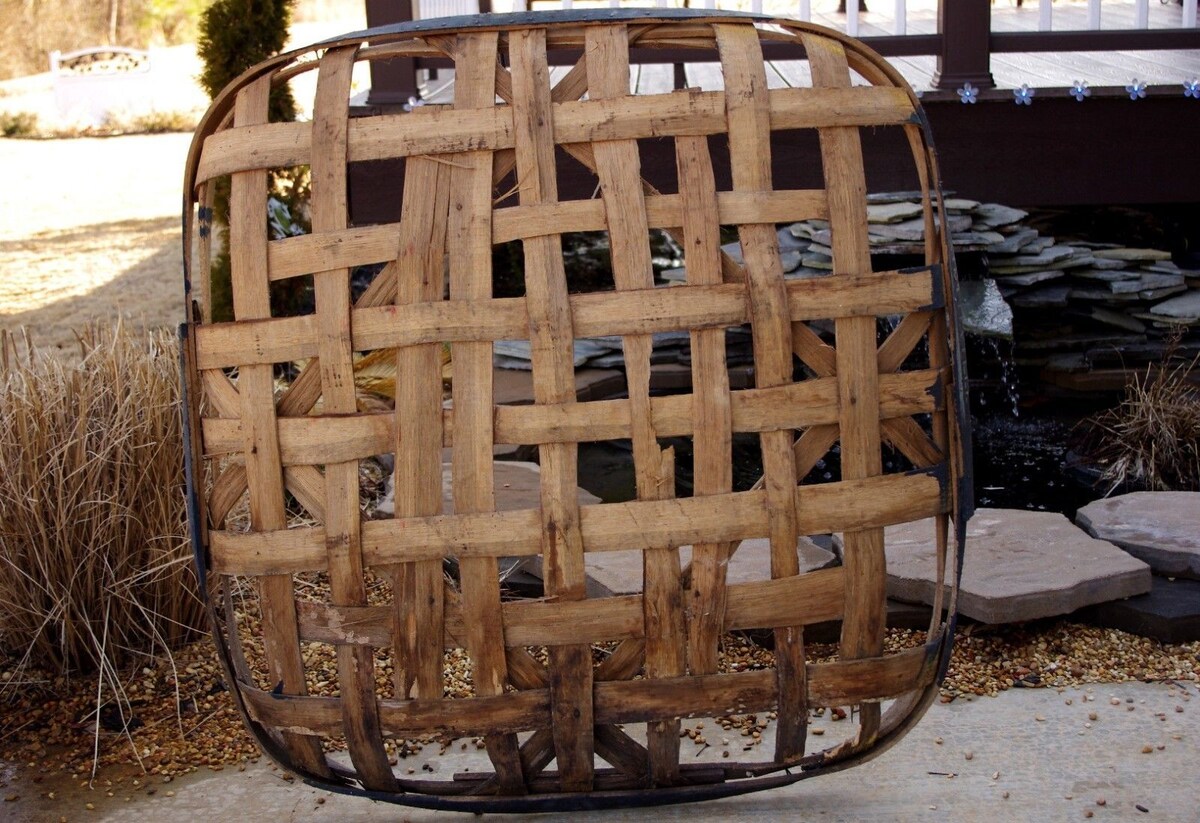

0 thoughts on “What Were Glass Insulators Used For”